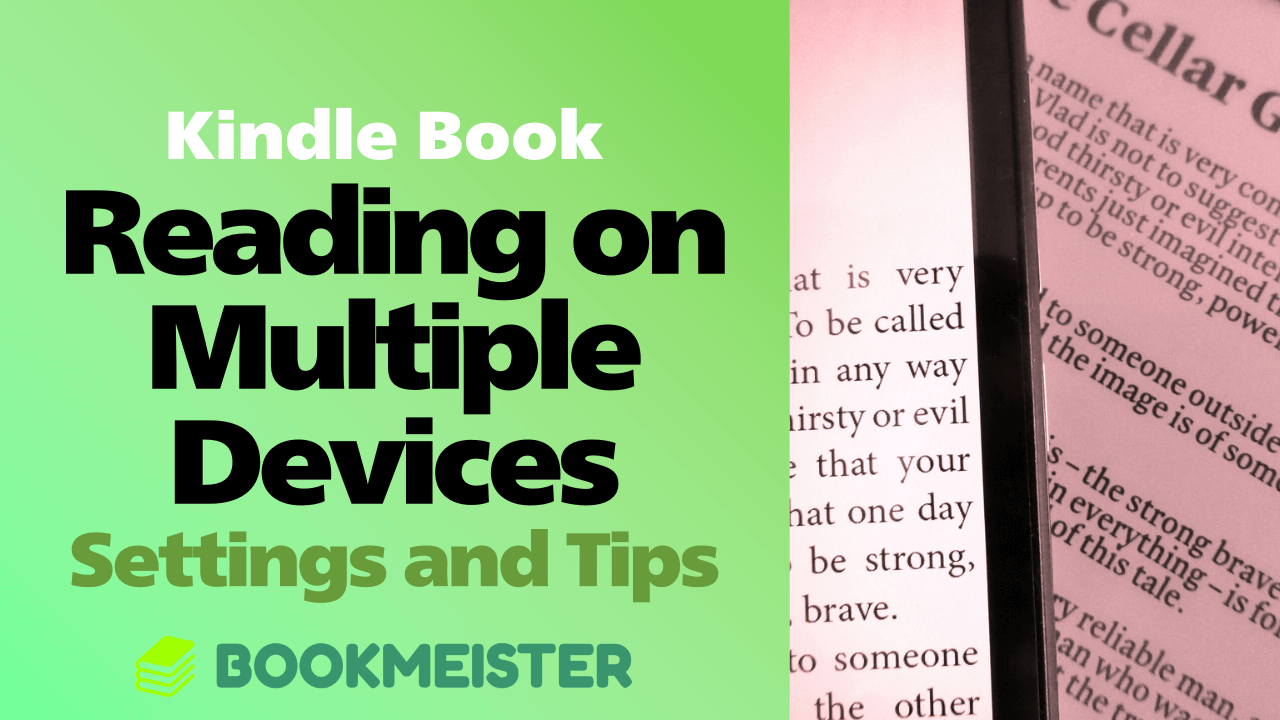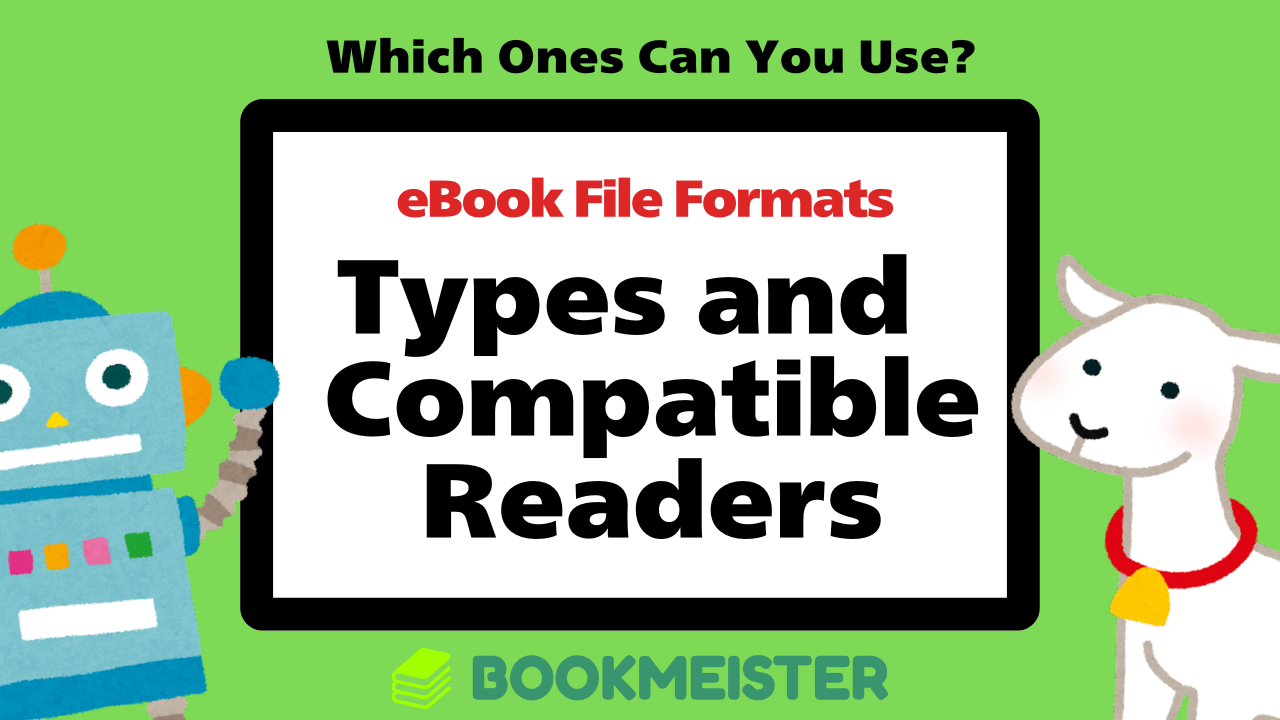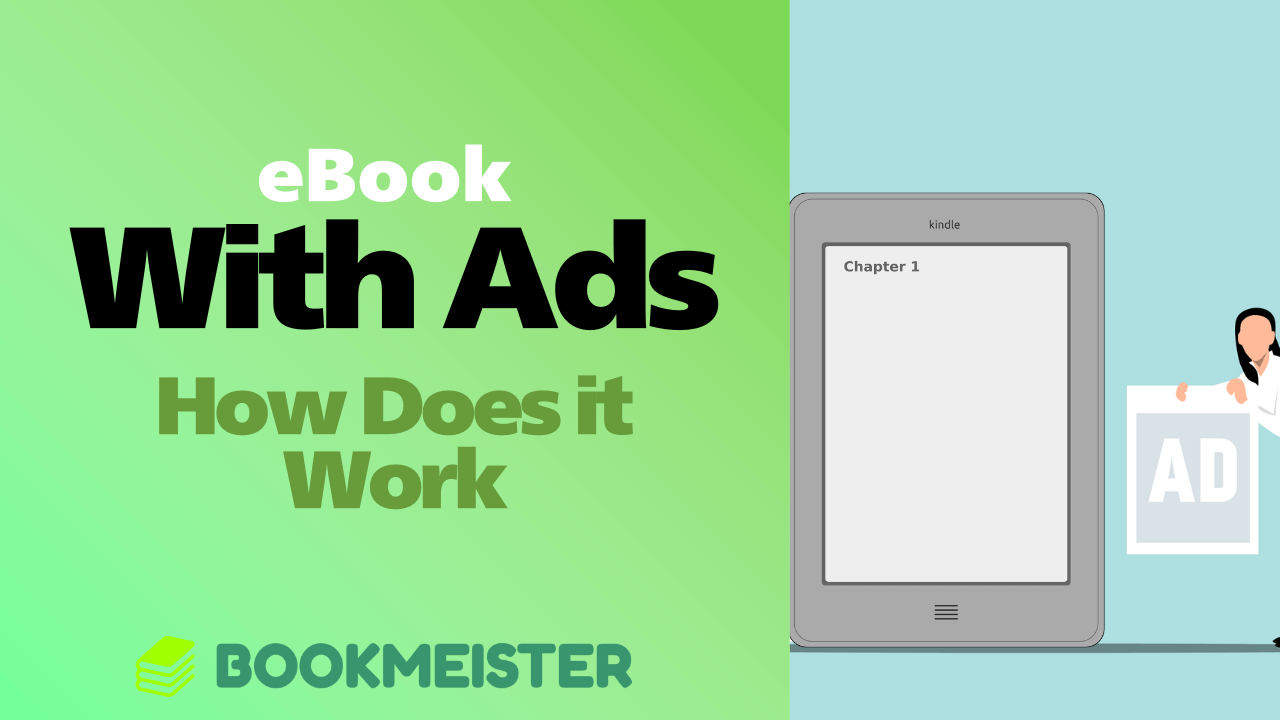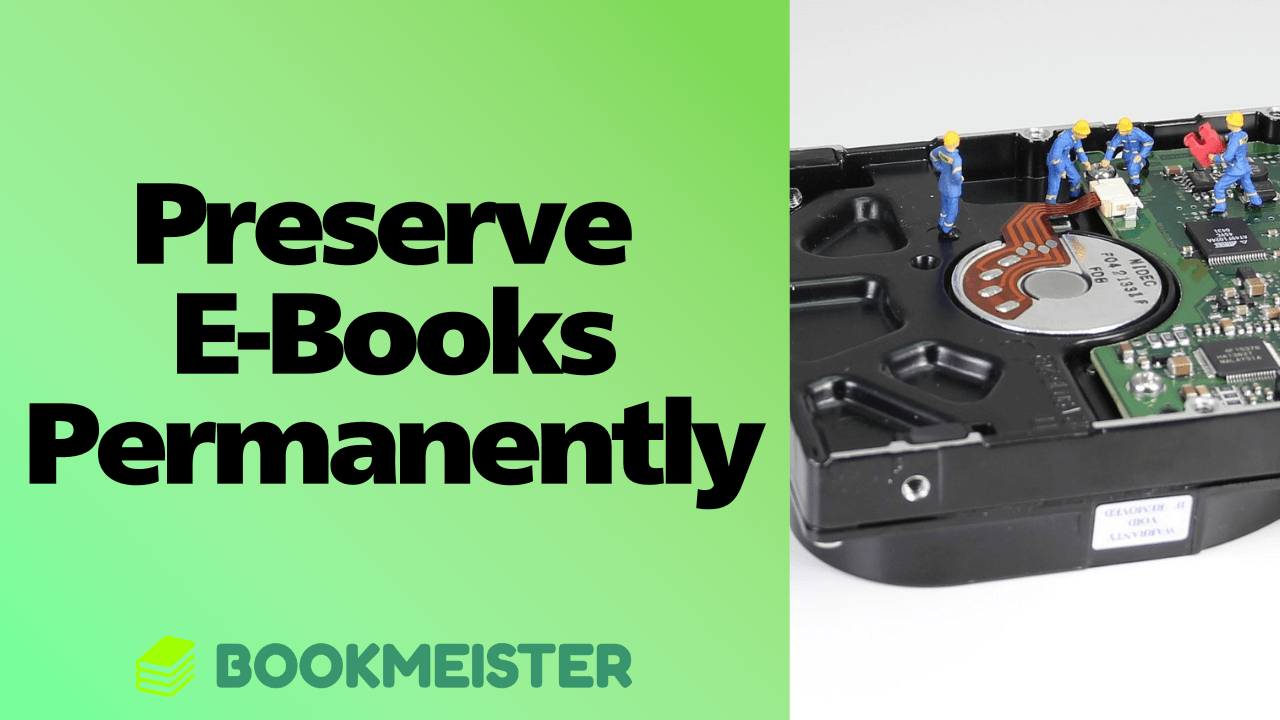Low Resolution
In the case of print books, it is impossible to recognize individual dots even in very small text. Because current printing technology never uses text sizes that would show dots, people accustomed to print books intuitively know that text appears smooth.
So, what about ebooks? When viewing an ebook on a smartphone, for example, the latest Apple iPhone 13 Pro has a display pixel density of 460 ppi. The resolving power to recognize individual dots is said to be around 300 to 440 ppi, so on the iPhone 13 Pro display, pixels are almost indistinguishable.
On the other hand, the entry-level smartphone AQUOS wish by Sharp has a display pixel density of 295 ppi, which is considerably lower compared to the iPhone 13 Pro. While it looks clear at first glance, small and fine text can appear rough.
This roughness in text may cause people to feel that "ebooks are hard to read."
Small or Large Display Size
When reading print books, we generally do not think about whether the text or book is large or small because publishers sell books in sizes they consider optimal.
However, with ebooks, it is unknown what screen size people will read them on. Some read on small-screen ebook readers, others use large tablets or tall smartphones.
Especially for smartphones with small screens, text tends to be displayed small, which can make reading difficult.
Since from childhood we have internalized the sense of text format sizes like A4 or B5 and their optimal text sizes, it is natural to feel discomfort reading text on screens differing greatly from these familiar formats.
Paragraph Structure Differs from Print Version
Among ebooks, magazines and comics mainly composed of images and photos convert print data directly into image files, so paragraph structure remains the same. However, text-based ebooks like novels can have significantly different paragraph and page layouts depending on reader or app settings, such as text size and line spacing.
Therefore, the original author or publisher's intended text structure may change, which can cause the experience to feel "hard to read" or "hard to absorb."
Bestselling books especially pay attention to paragraph breaks, page changes, and line spacing, so ignoring the author's intention in page layout may cause a feeling of difficulty in reading.
Differences in Display Quality
Recently, smartphones and tablets have high-performance displays, but unlike paper specialized for displaying text and images, displays are designed to show videos, animations, websites, and various content.
Therefore, they are not necessarily optimized for easy reading of text, and display quality varies between manufacturers.
Because of this, some people have no problem reading ebooks, while others feel that ebooks are hard to read — resulting in this curious situation depending on the individual's environment.
As seen so far, the reading environment for ebooks differs greatly from paper, and since users’ environments also vary, some people may feel that "ebooks are hard to read."
Since there are also people who have no problem with ebooks, if you find them hard to read, you might try changing your reading environment by using an ebook reader or a large-screen tablet.
Tags:Recommended Books





